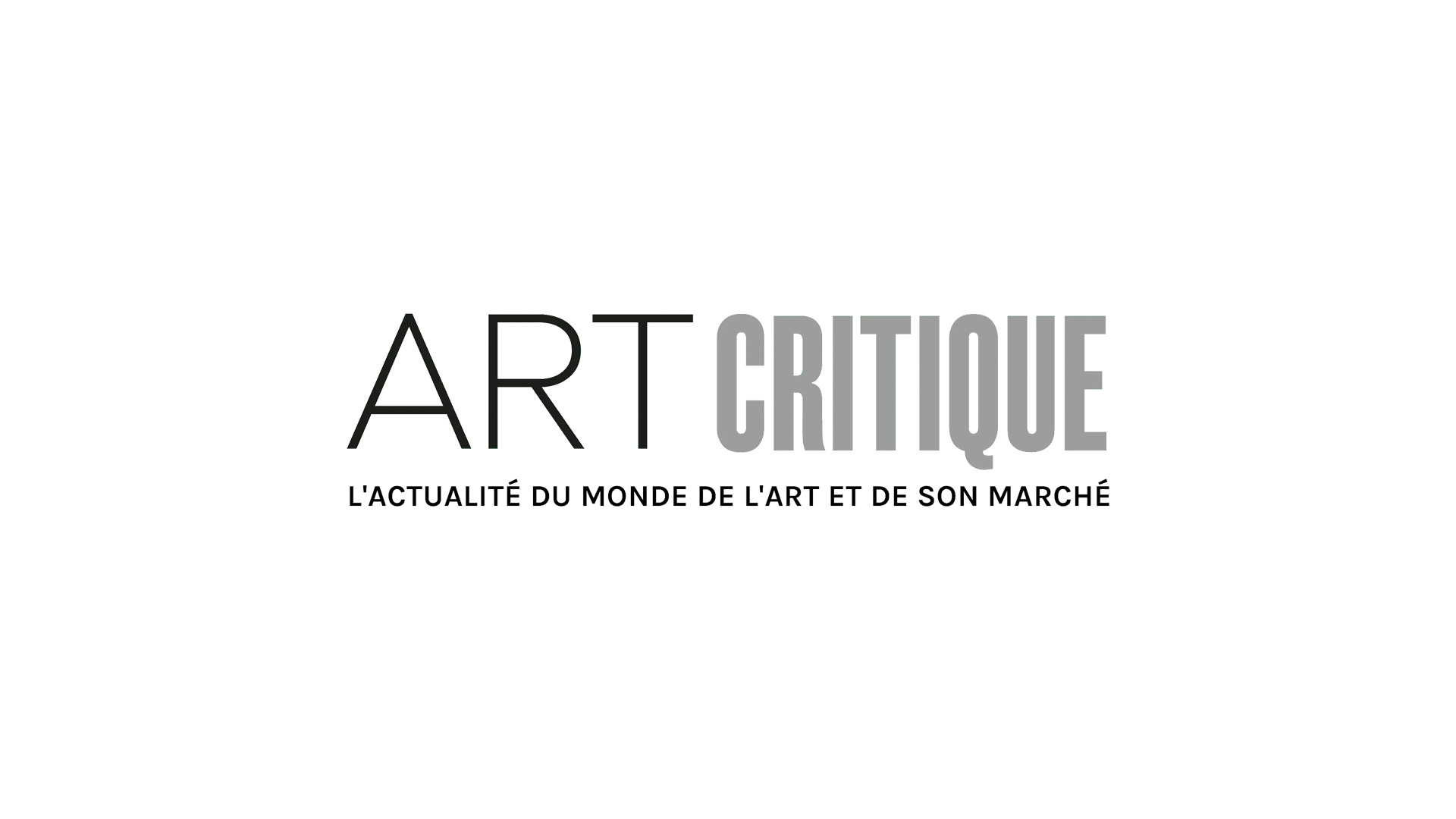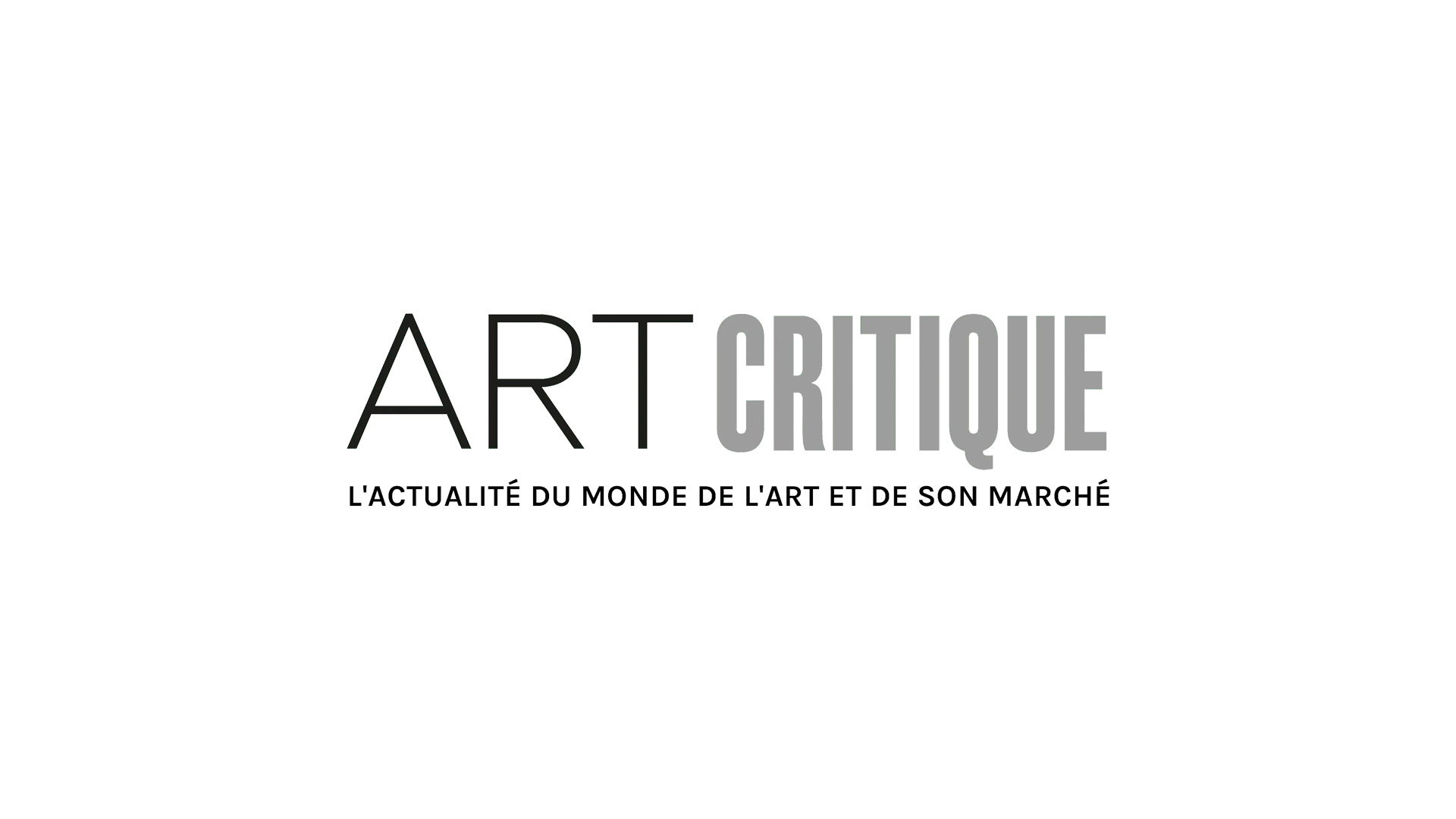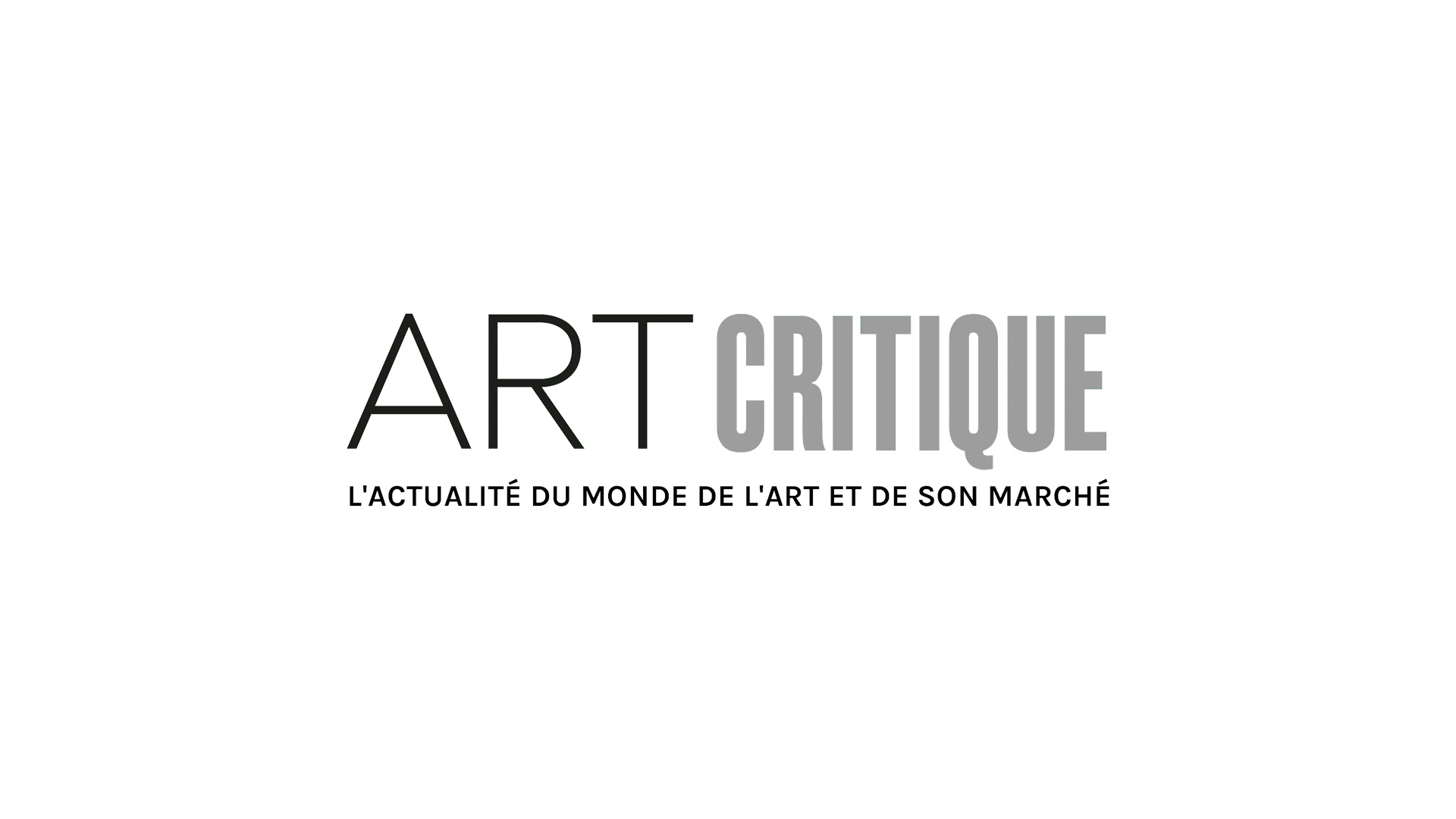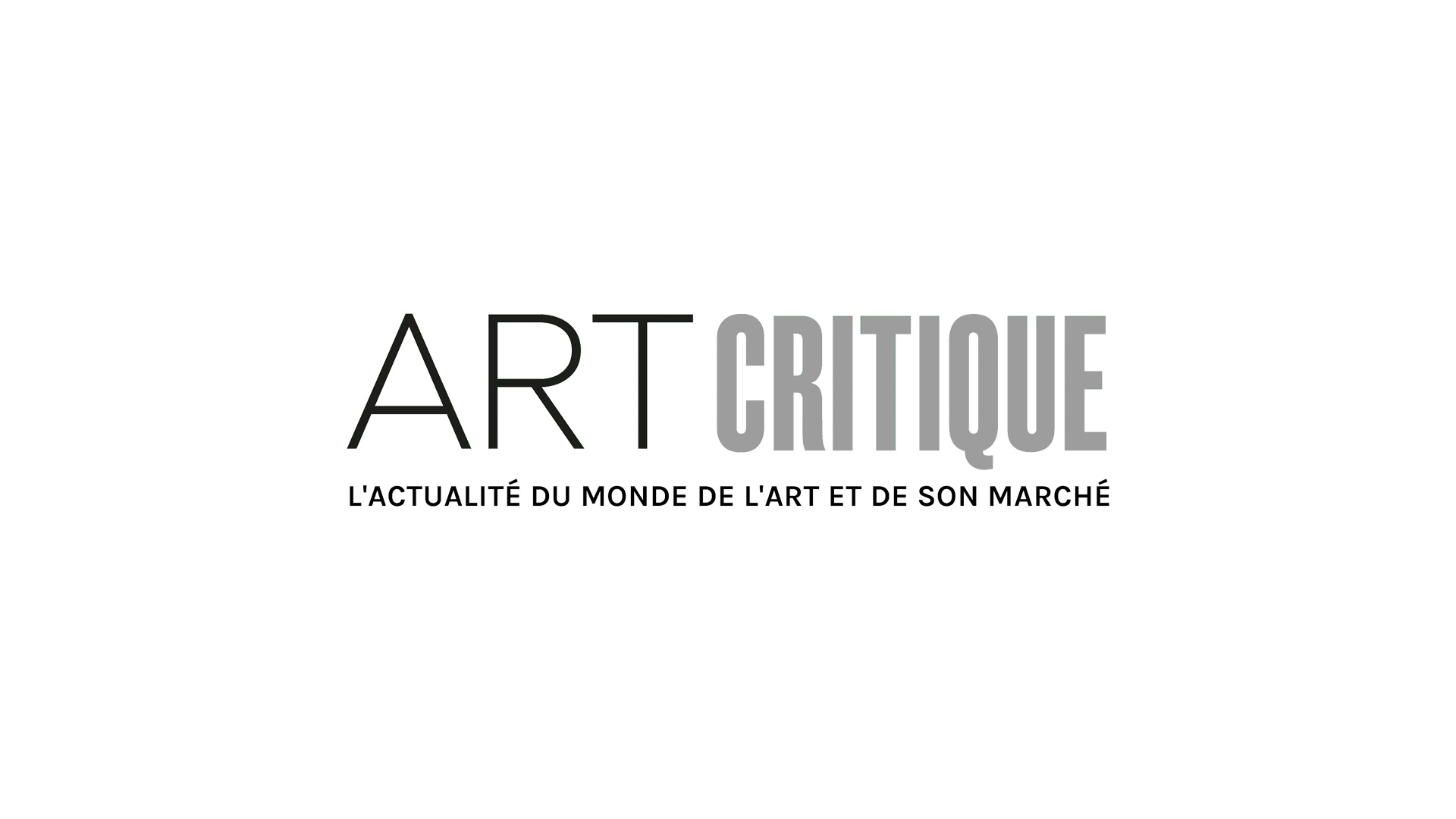When the Museum of Modern Art closed for renovations on June 15th, it said that its reopening in October would boast a massive rehang of their permanent collection to tell the story of the Modern and contemporary art in a new light. Just a month into its closure, the museum has received a gift that will give them more ability to made good on their promise.
MoMA has received the largest gift of African art that it has ever been given. French collector and photographer Jean Pigozzi has gifted 45 contemporary African artworks, including works by sculptors Romuald Hazoumè (Republic of Bénin) and Bodys Isek Kingelez (Democratic Republic of Congo), painters painters Moké and Cheri Samba (both from the DRC), as well as photographers such Seydou Keïta (Mali) and Jean Depara (DRC).
Pigozzi’s gift falls in line with a moment when African artists have been making waves in the art market and simultaneously receiving long-overdue recognition by museums and collectors alike. Just recently, South Africa’s Goodman Gallery announced it would be opening its first gallery in England this fall. Meanwhile, many museums, including the Baltimore Museum of Art, have made efforts to broaden their collection of works by artists that represent Africa and the African diaspora. After all, it was only last year that MoMA held its first solo exhibition of works by a black African artist – Bodys Isek Kingelez.
The collection of works that Pagozzi donated to the museum is representative of those he often collects. This means it’s heavy in artists that were born after 1945 with almost 40% of them being female artists, according to Surface magazine. His inspiration to begin collecting such works was actually a response to ‘Magiciens de la Terre,’ a 1989 exhibition set at the Centre George Pompidou, which was Jean-Hubert Martin’s answer to a controversial show held at the MoMA in the mid-1980s. That show, titled ‘”Primitivism” in 20th Century Art: Affinity of the Tribal and the Moden,’ was criticized for perpetuating the confines of a Western-centric ideals on art of non-Western countries. ‘Magiciens,’ however, placed works by African artists alongside their Western counterparts allowing them to stand equal to those created by artists recognized by the West, thus creating a dialogue between the works.
The MoMA is an institution meant to represent the history of art; however it has long been a representation of art through a very specific lens – that lens being one that tends towards the white male artists. With Pigozzi’s donation, the museum will have more resources to give a more holistic understanding of the art that has shaped the art world we know today, and come October, visitors will hopefully have the chance to gain a better perspective on the history of art.
‘It is not easy to go from the walls of a modest studio in Mali to the walls of the Museum of Modern art,’ wrote Pigozzi. It may not be the easiest route but the gift given by the collector will undoubtedly make the road easier.





